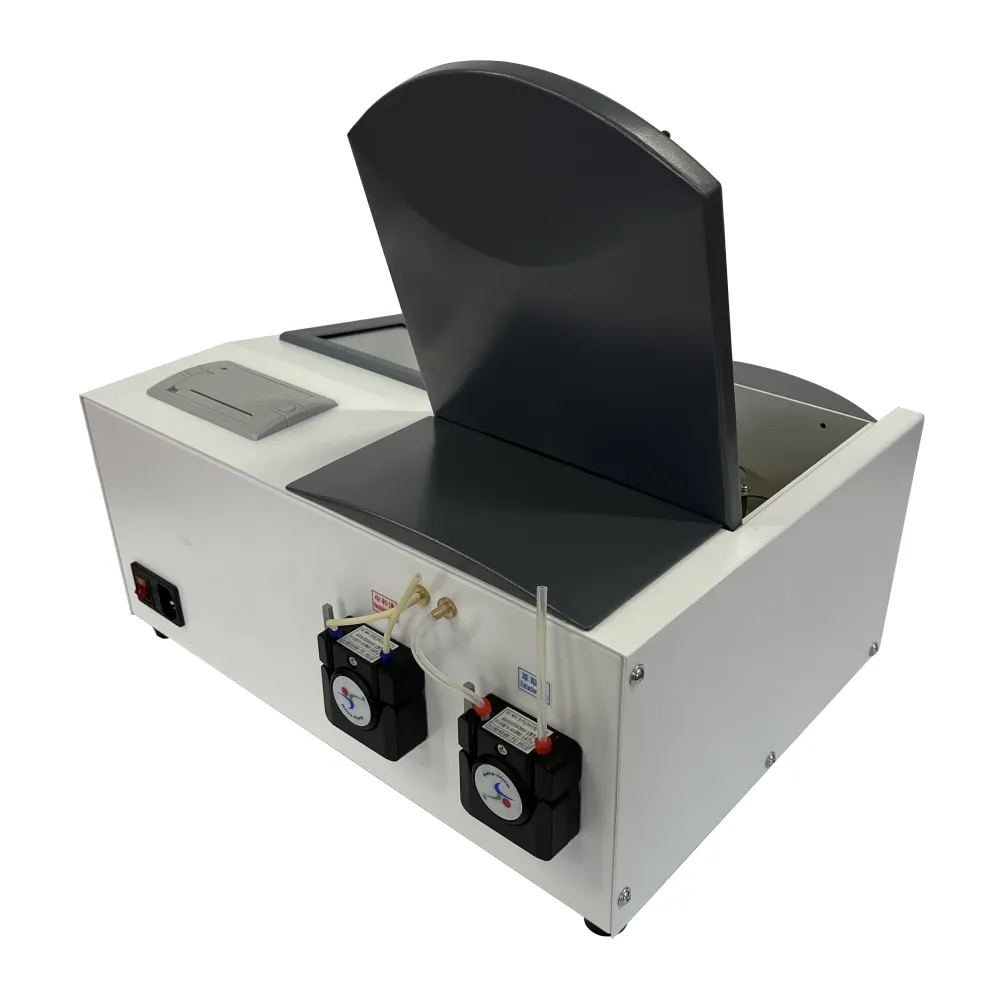 English
English


electric generator and alternating direct current
Electric Generators Understanding Alternating and Direct Current
Electric generators are vital devices that convert mechanical energy into electrical energy. This process is foundational to modern society, powering everything from household appliances to industrial machinery. To fully grasp the functioning of electric generators, one needs to understand the two primary types of electrical current they produce alternating current (AC) and direct current (DC).
Alternating Current (AC)
Alternating current is an electric current that periodically reverses direction, flowing first in one direction and then in the opposite direction. This sinusoidal waveform is the most common form of electrical energy used in homes and businesses today. The primary advantage of AC is its ability to be easily transformed to different voltages, making it more efficient for long-distance transmission. Power plants typically generate electricity in AC form, as it allows for lower energy losses during transmission through power lines.
AC generators, commonly referred to as alternators, utilize electromagnetic induction to produce current. When a coil of wire rotates within a magnetic field, an alternating current is generated. The frequency of this current, measured in Hertz (Hz), corresponds to the number of cycles per second that the current completes. In many countries, the standard frequency is 50 or 60 Hz, making AC generators vital for maintaining consistent power supply in electrical grids.
Direct Current (DC)
electric generator and alternating direct current

In contrast, direct current flows in a single direction, providing a constant voltage output. This type of current is commonly used in batteries, electronic devices, and in applications where a stable voltage is required. DC generators use a different mechanism to produce current. They also rely on electromagnetic induction but employ a commutator—a mechanical switch that reverses the connection of the coil to the external circuit—allowing for unidirectional flow of electrons.
While DC was once a popular choice for power transmission, especially in the early days of electricity, it faced limitations in long-distance transmission due to high energy losses. However, recent advancements in technology, including high-voltage direct current (HVDC) systems, have revived interest in DC for certain applications, particularly in renewable energy integration, where it can be used efficiently to transmit power from solar panels and wind turbines.
The Role of Generators in Energy Production
Both AC and DC generators play crucial roles in the energy landscape. Understanding their differences and applications allows engineers and technicians to design systems that optimize efficiency and performance. For instance, the choice of generator affects the entire electrical infrastructure, influencing factors such as energy loss during transmission, the type of devices that can be powered, and the overall stability of the electrical grid.
In summary, electric generators serve as the backbone of energy production. By converting mechanical energy into either alternating or direct current, they enable the functioning of some of the most essential technologies in our daily lives. As the world continues to evolve towards renewable energy sources and smarter electrical grids, understanding the nuances of AC and DC will remain vital for future innovations in the field of electricity generation.
-
Differences between open cup flash point tester and closed cup flash point testerNewsOct.31,2024
-
The Reliable Load Tap ChangerNewsOct.23,2024
-
The Essential Guide to Hipot TestersNewsOct.23,2024
-
The Digital Insulation TesterNewsOct.23,2024
-
The Best Earth Loop Impedance Tester for SaleNewsOct.23,2024
-
Tan Delta Tester--The Essential Tool for Electrical Insulation TestingNewsOct.23,2024





